Home>Gardening & Outdoor>Landscaping Ideas>How To Get Rid Of Vine Weeds In Grass
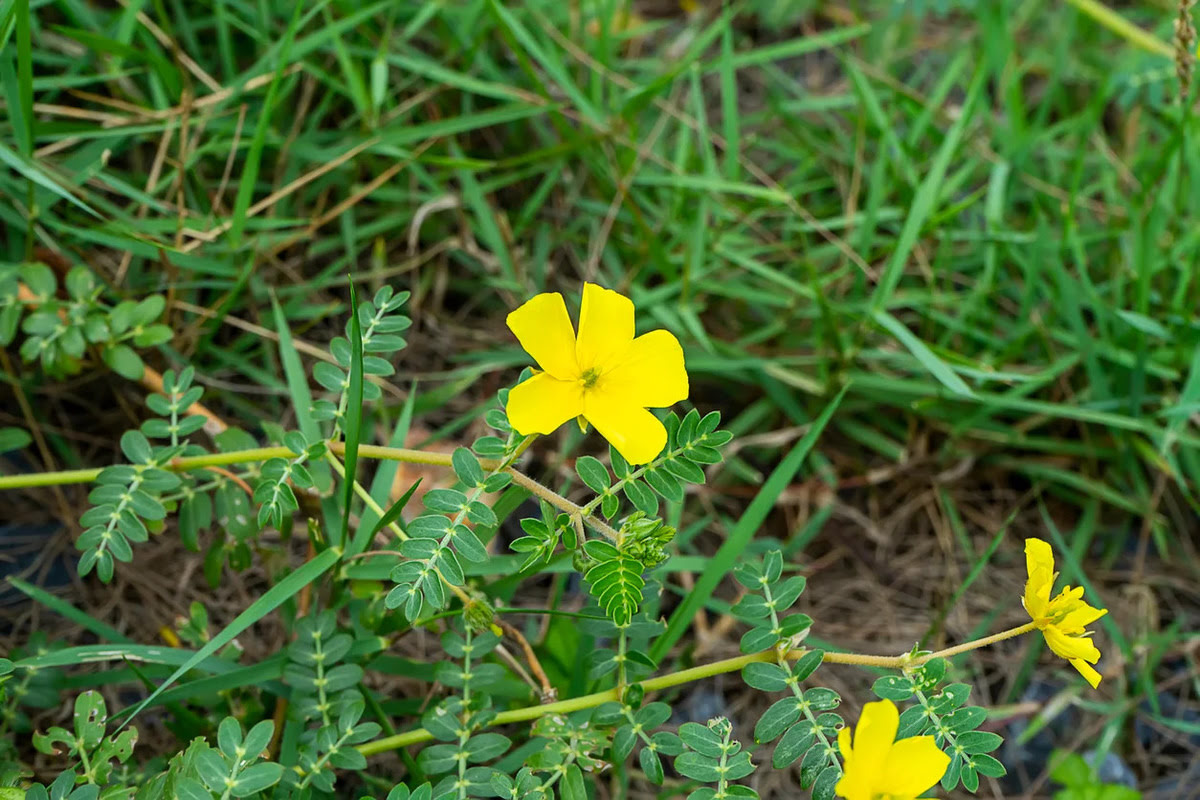

Landscaping Ideas
How To Get Rid Of Vine Weeds In Grass
Modified: August 16, 2024
Learn effective landscaping ideas to eliminate vine weeds from your grass. Discover expert tips for achieving a weed-free lawn.
(Many of the links in this article redirect to a specific reviewed product. Your purchase of these products through affiliate links helps to generate commission for Storables.com, at no extra cost. Learn more)
Introduction
Are you tired of battling relentless vine weeds that seem to invade your lush green grass, disrupting the beauty of your landscape? If so, you're not alone. Vine weeds can be a persistent nuisance, but with the right strategies, you can effectively eradicate them and restore the vibrancy of your lawn.
In this comprehensive guide, we'll delve into the world of vine weeds in grass and explore practical methods for getting rid of them. Whether you're a seasoned gardener or a novice enthusiast, understanding the nature of these unwelcome intruders and learning how to combat them will empower you to reclaim the pristine allure of your lawn.
So, let's roll up our sleeves and embark on a journey to reclaim the splendor of your grassy haven by conquering those pesky vine weeds once and for all.
Key Takeaways:
- Vine weeds, like bindweed and creeping Charlie, can be removed from your lawn by hand-pulling, smothering with mulch, and maintaining a healthy, well-fertilized grass to prevent their growth.
- Using targeted herbicides and proactive measures such as proper mowing, fertilization, and pre-emergent herbicides can help prevent the resurgence of vine weeds, ensuring a lush and weed-free lawn.
Read more: How To Get Rid Of Ground Cover Vines
Understanding Vine Weeds
Vine weeds, also known as creeping weeds, are tenacious plants that sprawl and entwine themselves among the blades of grass in your lawn. These invasive interlopers often possess aggressive growth habits, rapidly spreading across the expanse of your yard and suffocating the surrounding vegetation.
One of the most common vine weeds is the notorious bindweed, recognizable by its heart-shaped leaves and twining stems that coil around any nearby support. Another prevalent culprit is the creeping Charlie, distinguished by its scalloped, round leaves and purple, tubular flowers.
These resilient plants thrive in a variety of conditions, including moist, shady areas and sun-drenched spots, making them adaptable adversaries in the battle for a pristine lawn. Their ability to propagate through seeds, roots, and rhizomes further amplifies the challenge of eradicating them.
Understanding the life cycle and growth patterns of vine weeds is crucial in formulating an effective eradication plan. By gaining insight into their resilience and propagation methods, you can strategically combat their encroachment and safeguard the vitality of your grass.
Now that we’ve gained a deeper understanding of these persistent intruders, let’s proceed to the next step: identifying vine weeds in your grass.
Identifying Vine Weeds in Grass
Before embarking on the mission to banish vine weeds from your lawn, it’s essential to be able to identify these interlopers amidst the sea of grass. Vine weeds exhibit distinct characteristics that set them apart from the desirable turf, enabling you to pinpoint their presence with precision.
One telltale sign of vine weeds is their creeping and sprawling nature, as they intertwine themselves among the blades of grass, forming dense mats that impede the healthy growth of your lawn. Their leaves often differ in shape, color, and texture from the surrounding grass, serving as a visual indicator of their presence.
Bindweed, for instance, boasts arrowhead-shaped leaves and delicate, twining stems that encircle nearby vegetation, while creeping Charlie flaunts scalloped, kidney-shaped leaves and clusters of small, tubular flowers. Familiarizing yourself with the distinct attributes of these vine weeds will empower you to detect and address their incursion effectively.
Furthermore, observing the growth habits and propagation methods of these weeds can aid in their identification. Whether they spread through rhizomes, seeds, or creeping stems, understanding their reproductive mechanisms equips you with valuable insights for devising a targeted eradication strategy.
By honing your ability to discern vine weeds from your grass, you’ll be better equipped to take decisive action against these encroaching adversaries. Now that we’ve honed our detection skills, it’s time to explore the methods for manually removing vine weeds from your lawn.
Manual Removal of Vine Weeds
When confronting vine weeds in your grass, manual removal can be an effective and environmentally friendly approach to curbing their encroachment. By employing simple yet strategic methods, you can extract these unwelcome intruders from your lawn, restoring its lush, pristine appearance.
One of the most straightforward techniques for removing vine weeds is hand-pulling. This method involves grasping the base of the weed near the soil and gently but firmly pulling it upward, ensuring that the entire root system is extracted. It’s crucial to conduct this task diligently, as any remnants of the root left behind can lead to the resurgence of the weed.
For stubborn vine weeds with extensive root systems, a hand trowel or weeding tool can be invaluable in loosening the soil and facilitating the complete removal of the plant. By leveraging these tools, you can navigate through the turf with precision, targeting the roots of the weeds and minimizing the disturbance to the surrounding grass.
Another manual removal method involves smothering the vine weeds with mulch or organic matter. By covering the affected areas with a thick layer of mulch, you can impede the growth of the weeds and inhibit their access to sunlight, ultimately stifling their vitality and preventing further proliferation.
Regular mowing of the lawn can also aid in controlling vine weeds, as it discourages their growth and minimizes their ability to spread. Additionally, maintaining a healthy, well-fertilized lawn can bolster its resilience against weed infestations, creating an inhospitable environment for the encroaching vine weeds.
By incorporating these manual removal techniques into your lawn care regimen, you can effectively combat vine weeds and nurture a thriving, weed-free expanse of grass. However, for particularly stubborn infestations, chemical control methods may be necessary. Let’s delve into the realm of chemical control and explore how it can be harnessed to eradicate vine weeds from your lawn.
Regularly mow your lawn to prevent vine weeds from spreading. Use a weed killer specifically designed for grass to target and eliminate the vine weeds without harming your lawn.
Chemical Control of Vine Weeds
When faced with an extensive infestation of vine weeds in your grass, chemical control methods can serve as a targeted and potent solution to curb their proliferation. By leveraging herbicides specifically formulated to combat these persistent intruders, you can effectively restore the vitality and aesthetic appeal of your lawn.
Selective herbicides designed to target broadleaf weeds, including vine weeds such as bindweed and creeping Charlie, can be applied with precision to minimize harm to the surrounding grass while effectively eradicating the weeds. These herbicides are available in various formulations, including liquid concentrates and ready-to-use sprays, offering flexibility in application methods.
Prior to applying any herbicide, it’s imperative to carefully read and adhere to the manufacturer’s instructions, ensuring that the product is compatible with your grass type and that the application is conducted in optimal weather conditions. Additionally, exercising caution to prevent overspray onto desirable vegetation is crucial to safeguard the health of your lawn.
For persistent and resilient vine weeds, systemic herbicides can be particularly effective. These herbicides are absorbed by the foliage and translocated throughout the plant, reaching the roots and delivering a comprehensive eradication impact. By targeting the entire plant, including its underground components, systemic herbicides offer a robust solution for combating entrenched vine weed infestations.
It’s essential to approach chemical control with mindfulness toward environmental impact and safety considerations. Adhering to recommended application rates, timing, and precautions is paramount to mitigating potential harm to beneficial organisms and minimizing the ecological footprint of the treatment.
While chemical control methods can be potent allies in the battle against vine weeds, it’s important to exercise prudence and consider alternative approaches, especially in areas frequented by children and pets. By integrating manual and cultural control methods with targeted herbicide applications, you can cultivate a balanced and effective strategy for managing vine weeds in your lawn.
With a comprehensive understanding of chemical control methods, let’s pivot our focus to proactive measures for preventing the resurgence of vine weeds in your grass.
Read more: How To Get Rid Of Weeds On Grass
Preventing Vine Weeds in Grass
Implementing proactive measures to thwart the resurgence of vine weeds in your grass is pivotal in maintaining a pristine and flourishing lawn. By adopting a holistic approach that encompasses cultural practices and vigilant maintenance, you can fortify your turf against the encroachment of these persistent intruders.
Regular and proper mowing is fundamental in impeding the growth and spread of vine weeds. Maintaining the grass at an optimal height not only fosters its health and vigor but also diminishes the opportunity for weeds to establish a foothold and proliferate. Additionally, promptly removing the clippings after mowing can prevent the dispersal of weed seeds and fragments, curbing potential infestations.
Encouraging the robust growth of your grass through adequate fertilization and proper irrigation can bolster its resilience against weed incursions. By providing the grass with essential nutrients and ensuring consistent moisture levels, you create an environment that is conducive to vigorous turf growth, reducing the likelihood of weed establishment and dominance.
Implementing a proactive approach to soil health and quality can also contribute to weed prevention. Conducting periodic soil tests to assess its composition and pH levels enables you to make informed decisions regarding soil amendments and treatments, fostering an environment that is favorable for the thriving growth of grass while inhibiting the proliferation of weeds.
Utilizing pre-emergent herbicides can serve as a preemptive strike against the germination and establishment of vine weed seeds. These herbicides form a barrier in the soil, impeding the emergence of weed seedlings and thwarting their ability to take root and proliferate. By strategically applying pre-emergent herbicides in accordance with recommended timing and rates, you can proactively mitigate the risk of weed infestations.
Lastly, fostering dense and healthy turf through overseeding and aeration can create a formidable defense against vine weeds. A dense and vigorous grass cover inhibits the available space and resources for weed establishment, creating an inhospitable environment for their encroachment.
By integrating these preventive measures into your lawn care regimen, you can fortify your grass against the resurgence of vine weeds, fostering a verdant and resilient expanse that exudes natural splendor. As we conclude our exploration of preventive strategies, let’s reflect on the key insights and strategies for combating vine weeds in your grass.
Conclusion
As we conclude our journey through the realm of vine weeds in grass, it’s evident that combating these persistent intruders requires a multifaceted and strategic approach. From understanding the nature of vine weeds to implementing targeted eradication and preventive measures, empowering yourself with knowledge and proactive strategies is pivotal in reclaiming the pristine allure of your lawn.
By delving into the nuances of vine weed identification, we’ve honed our ability to discern these interlopers amidst the verdant expanse of grass, enabling us to take decisive action against their encroachment. Embracing manual removal techniques, such as hand-pulling and smothering, empowers us to curtail the proliferation of vine weeds while fostering a thriving turf.
Furthermore, chemical control methods offer a potent arsenal in the battle against entrenched vine weed infestations, providing targeted solutions to eradicate these resilient adversaries. It’s essential to approach chemical control with mindfulness toward environmental impact and safety considerations, ensuring a balanced and responsible approach to weed management.
Preventive measures, including proactive lawn care practices and the strategic application of pre-emergent herbicides, serve as proactive bulwarks against the resurgence of vine weeds. By fortifying the health and resilience of your grass, you create an inhospitable environment for weed establishment, fostering a verdant expanse that exudes natural splendor.
As you embark on your journey to reclaim the splendor of your lawn from the clutches of vine weeds, remember that persistence and vigilance are key allies in this endeavor. By integrating a harmonious blend of manual, chemical, and preventive strategies, you can cultivate a lawn that flourishes with vitality and beauty, free from the encroachment of these persistent intruders.
Armed with knowledge and a proactive mindset, you possess the tools to transform your lawn into a captivating oasis of greenery, where the vibrant allure of the grass takes center stage, undisturbed by the tenacity of vine weeds. Embrace the journey with determination and enthusiasm, knowing that a lush and weed-free lawn awaits as the triumphant culmination of your efforts.
Frequently Asked Questions about How To Get Rid Of Vine Weeds In Grass
Was this page helpful?
At Storables.com, we guarantee accurate and reliable information. Our content, validated by Expert Board Contributors, is crafted following stringent Editorial Policies. We're committed to providing you with well-researched, expert-backed insights for all your informational needs.
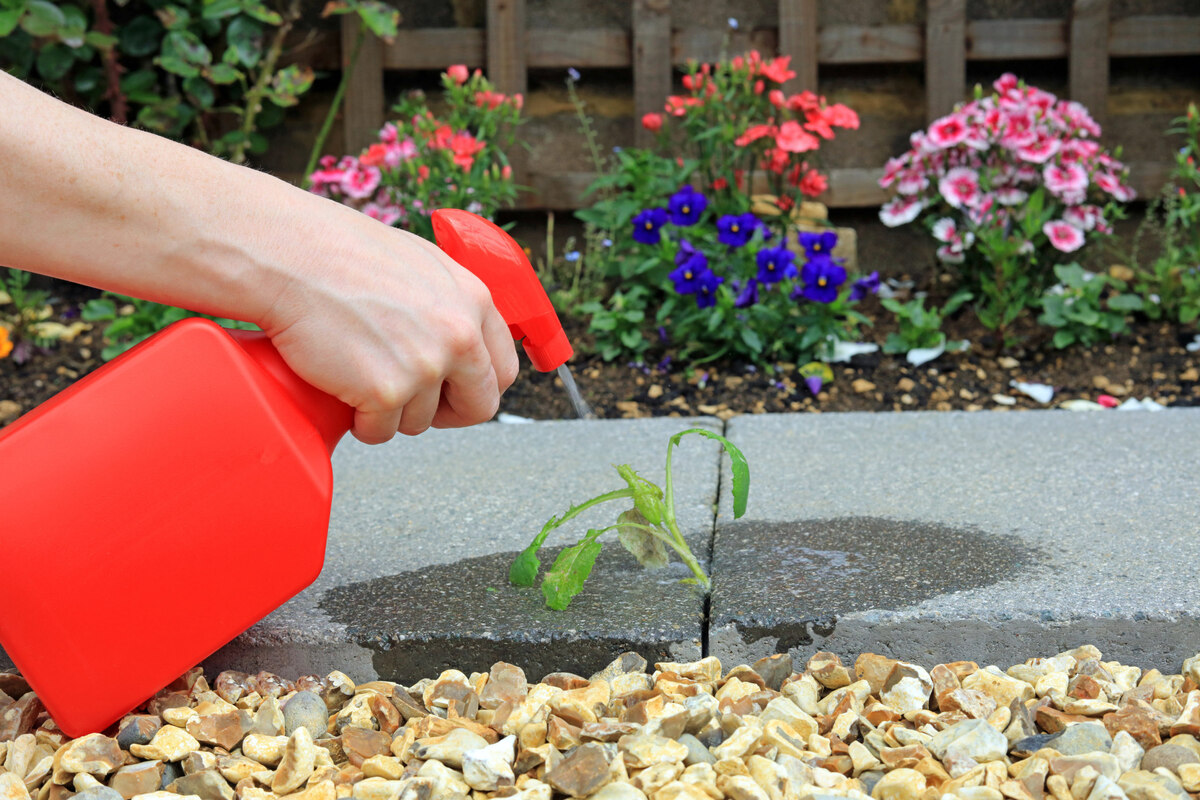
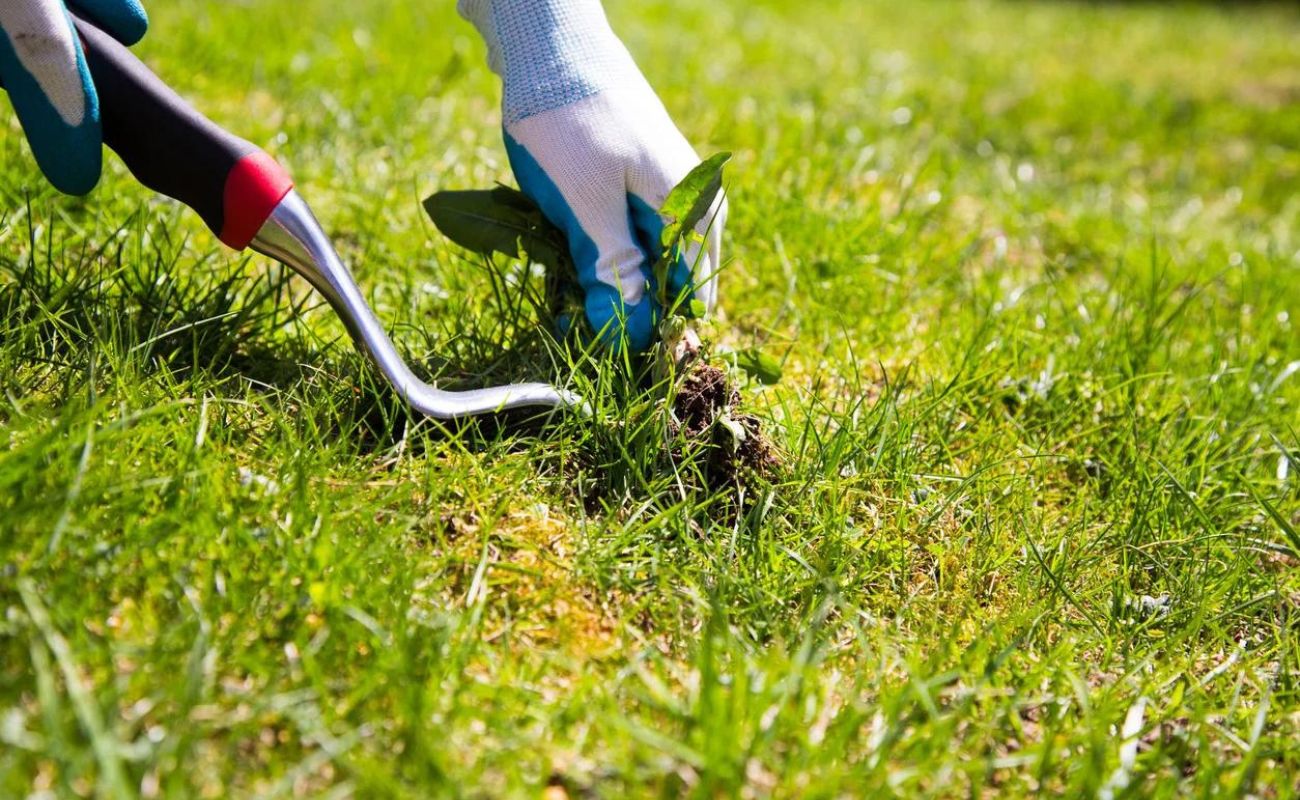

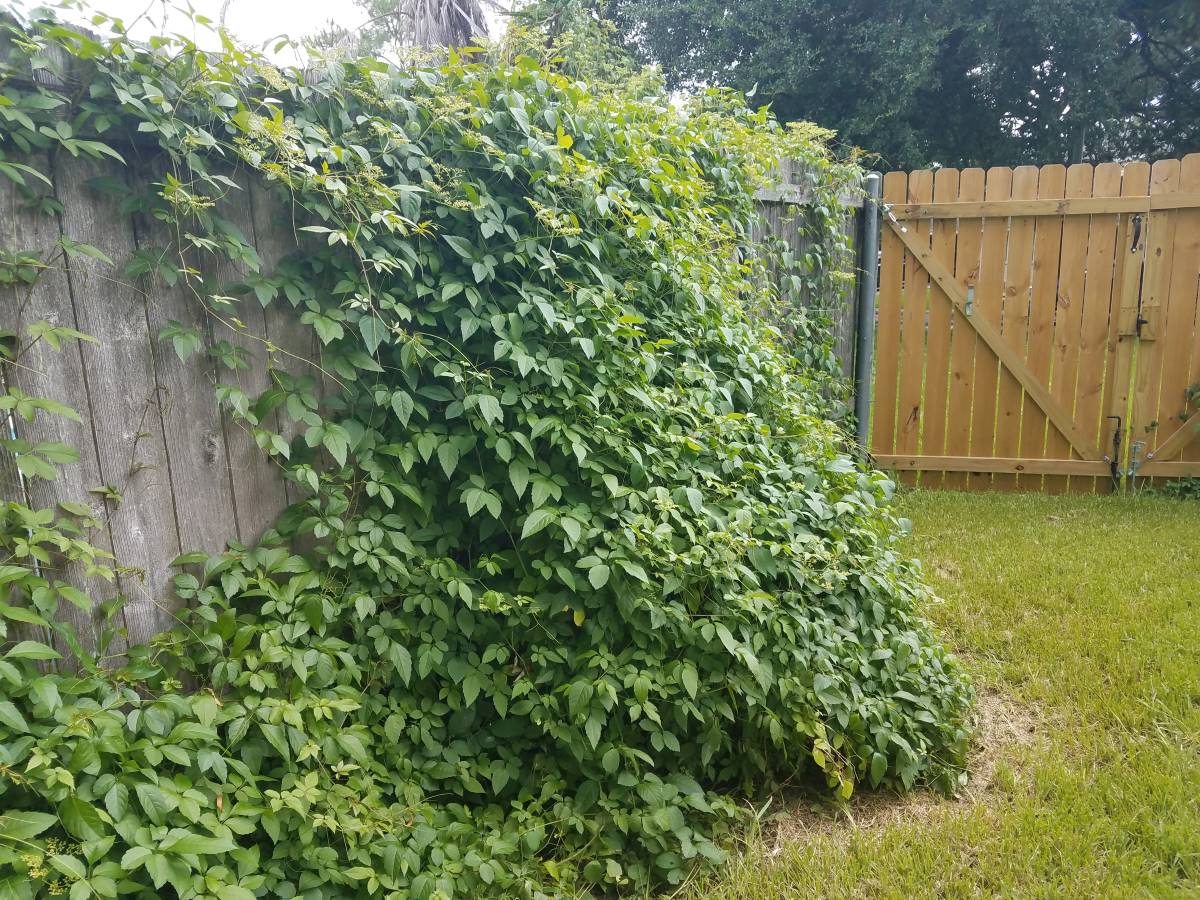
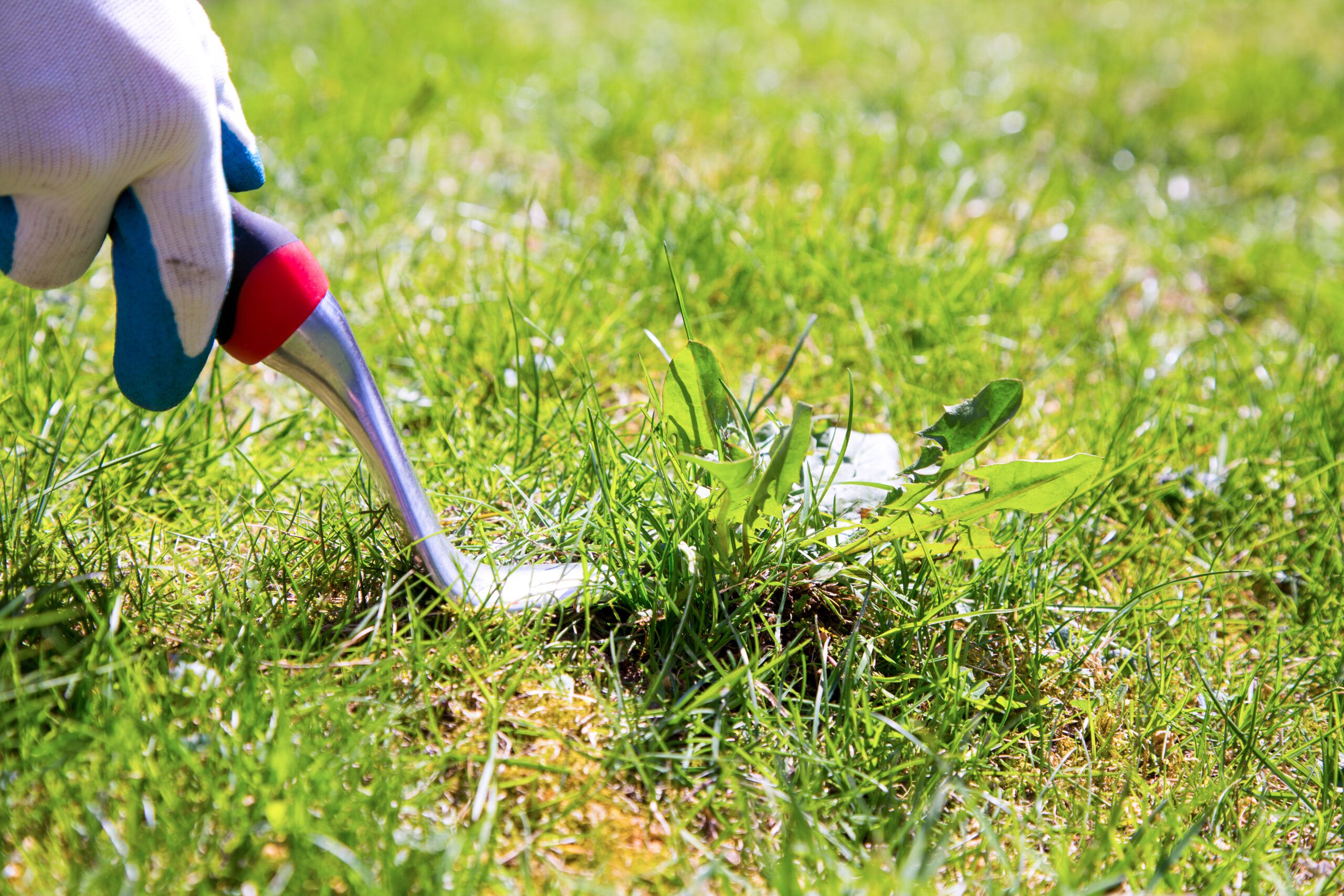
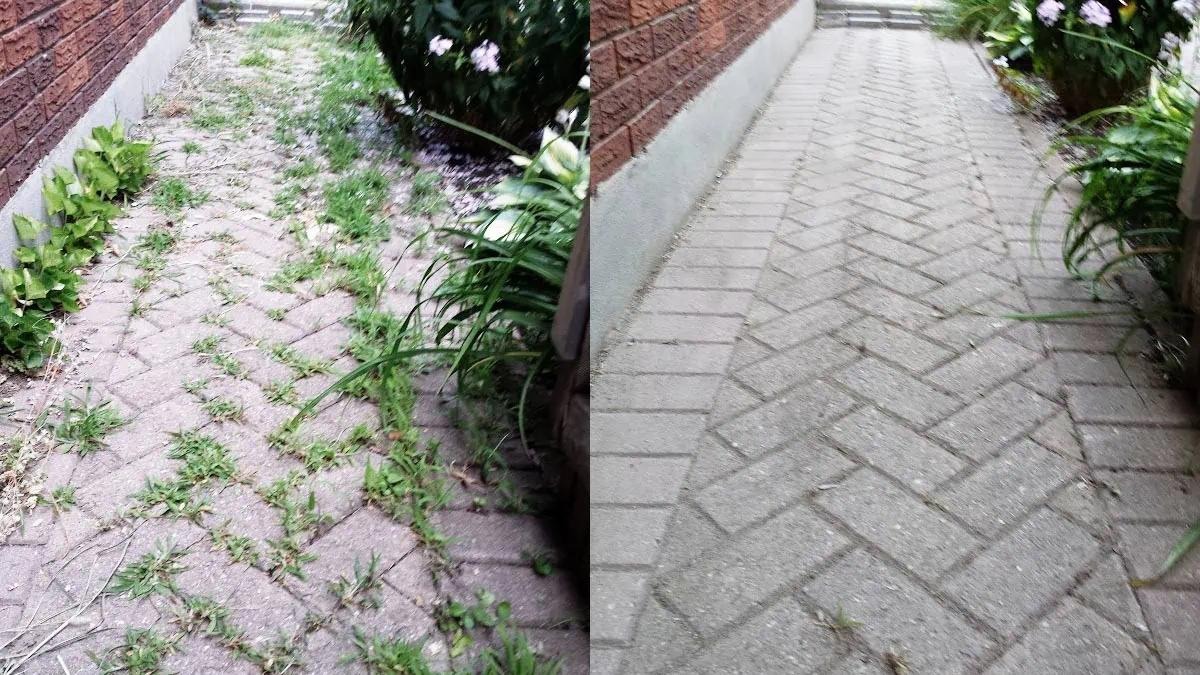
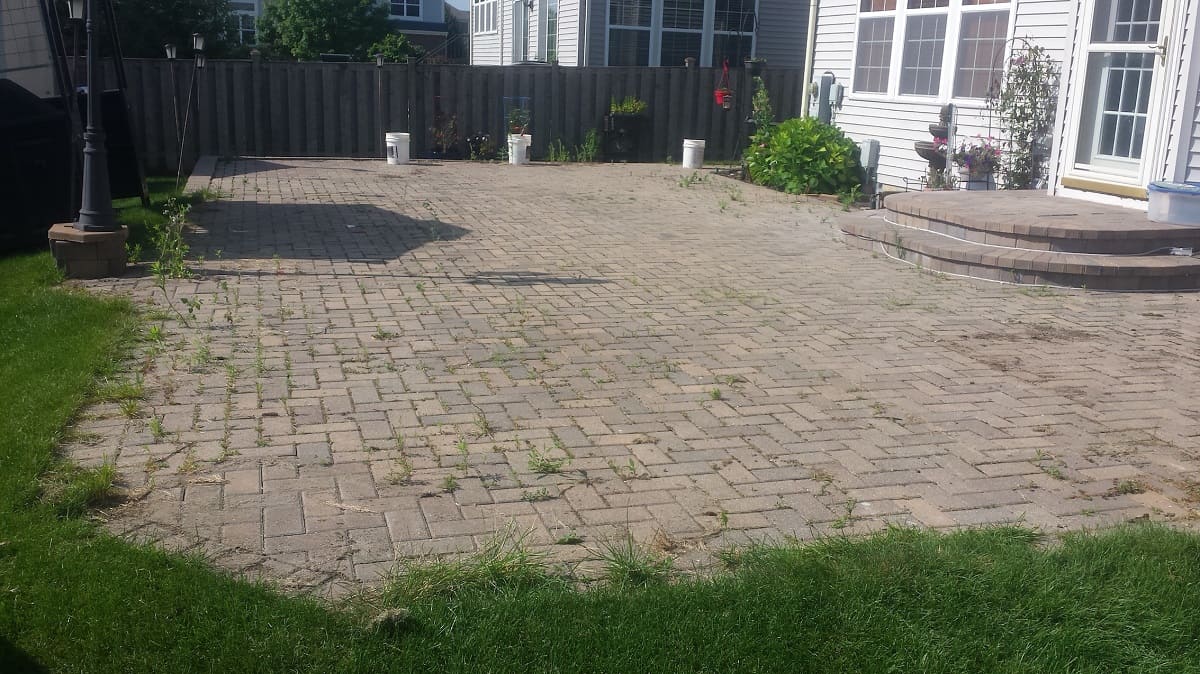



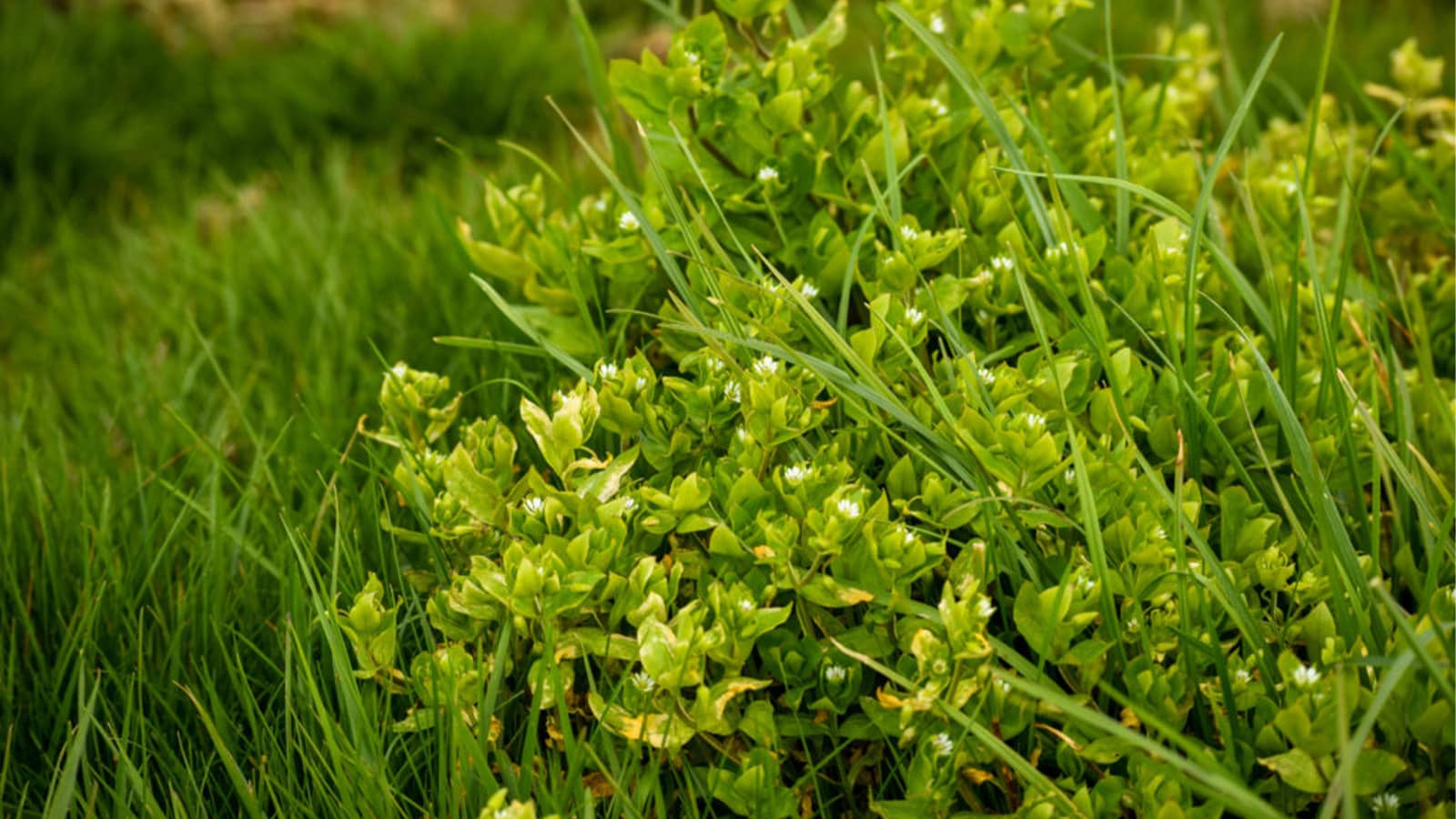




0 thoughts on “How To Get Rid Of Vine Weeds In Grass”